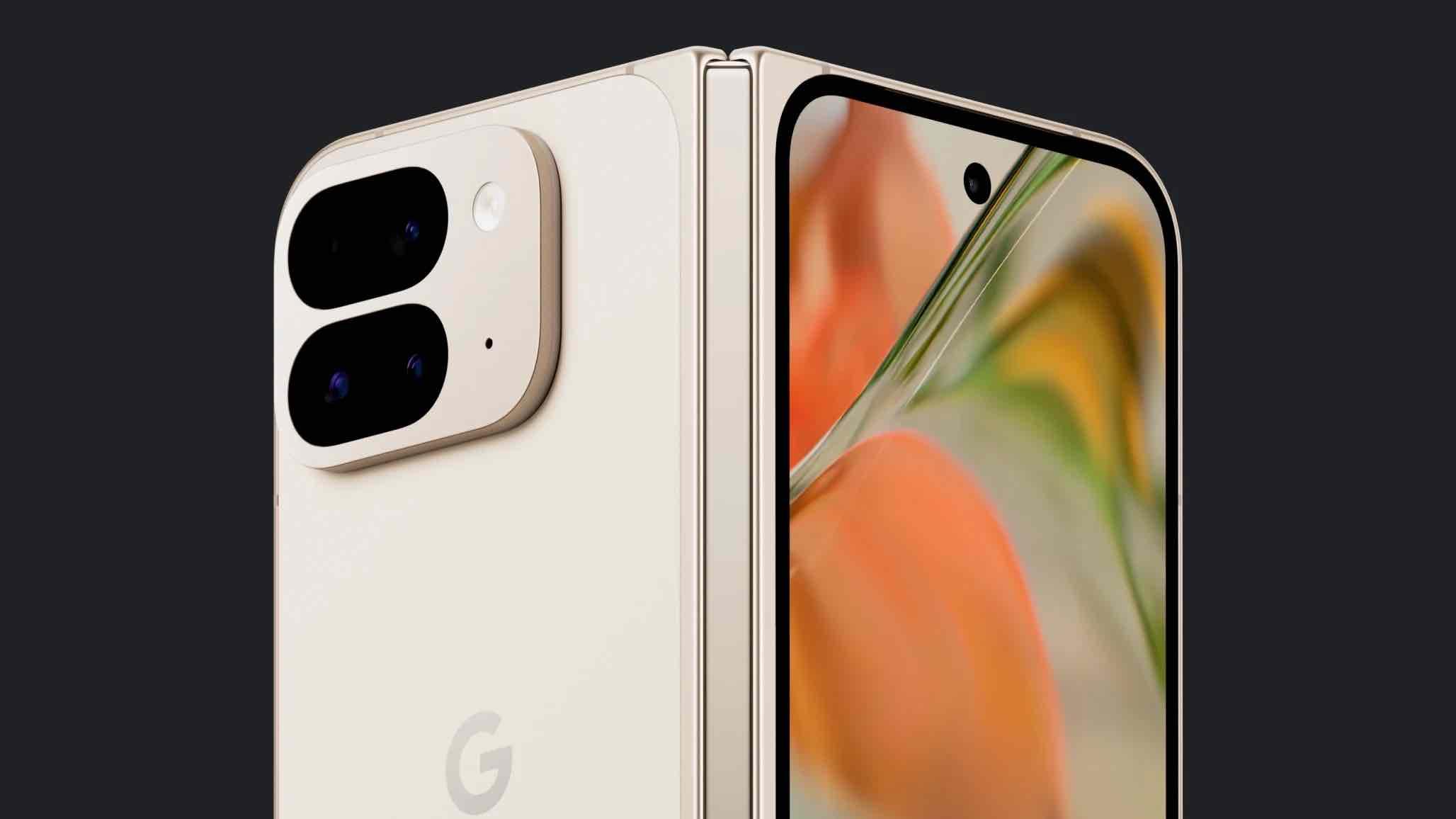In recent years, we have witnessed a dramatic evolution in technology, specifically with tablets and smartphones. These devices have become an integral part of our lives, making tasks more convenient and efficient. However, when it comes to productivity, tablets have often fallen short compared to traditional computers. That may soon change with the possible introduction of Android’s desktop mode, revolutionizing the way we perceive and use tablets.
According to recent reports, Android’s developers are working on a feature that could potentially transform tablets into fully functioning desktop computers. This new desktop mode is expected to bring a true multitasking experience, allowing users to seamlessly switch between various applications simultaneously. Imagine drafting a document, conducting research, and video conferencing, all on a single device – this could soon become a reality.
The concept of a tablet transforming into a desktop computer is not entirely new. Microsoft’s Surface tablets have already made significant strides in this area, with their versatile design and functionality. However, Android’s entrance into the desktop mode market will not only challenge Microsoft’s dominance but also offer consumers a wider range of choices.
This development is particularly intriguing for those who are constantly on-the-go, such as students, business professionals, and freelancers. Carrying a tablet that provides desktop-like capabilities could eliminate the need for a separate laptop, saving space and reducing overall workload. Traveling or working remotely will become more seamless with a portable device that can cater to all productivity needs.
One of the most exciting aspects of Android’s desktop mode is the potential integration of peripherals, such as external keyboards and monitors. This would fundamentally change the way tablets are used, as they could easily transform into a complete desktop setup within seconds. Imagine arriving at a client’s office for a presentation and effortlessly connecting your tablet to a large monitor, providing a professional working environment in an instant.
Additionally, the Android ecosystem is rich with productivity applications and tools, making it an ideal platform to enhance the desktop mode experience. From Microsoft Office Suite to Google Workspace, there is a wide array of software available for users to accomplish tasks efficiently. With the seamless transitions between applications, users can now work on multiple projects simultaneously without compromising performance or functionality.
It is worth noting that this development may also open up new opportunities for developers. As tablets become more powerful, developers can create applications tailored specifically for the tablet-desktop hybrid experience. This could bring about a new wave of productivity apps that leverage the benefits of desktop mode, adding another dimension to the growing Android application market.
While Android’s desktop mode is still in its early stages, its potential impact is undeniable. With the growing demand for versatile devices, this feature could be a game-changer in the tablet market. By bridging the gap between tablets and computers, Android has the opportunity to revolutionize the way we work and interact with our devices.
Although it remains to be seen how Android’s desktop mode will be implemented and received by consumers, the prospects are promising. Tablets doubling as computers could redefine our perception of productivity and mobility, merging the best of both worlds. The line between tablets and computers may soon blur, ushering in a new era of technology where a single device can serve multiple purposes effectively.
Hey Subscribe to our newsletter for more articles like this directly to your email.
